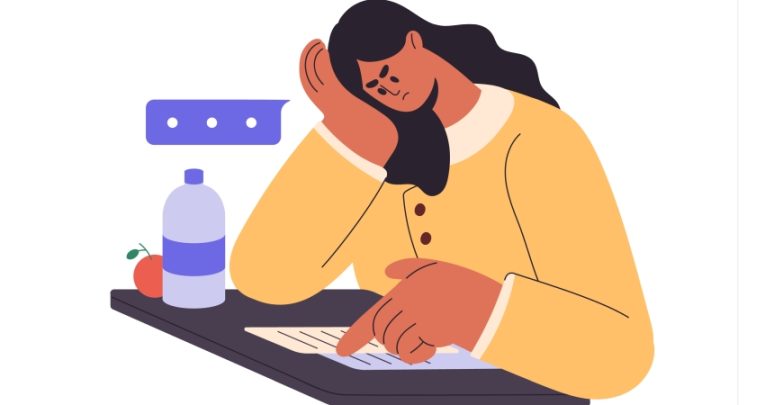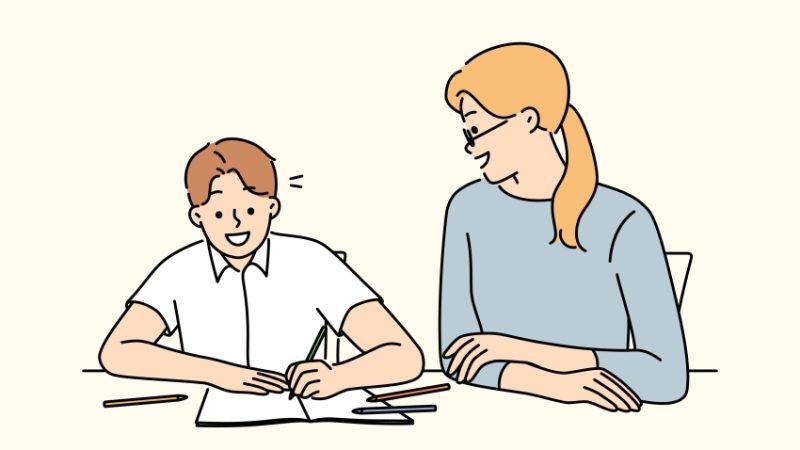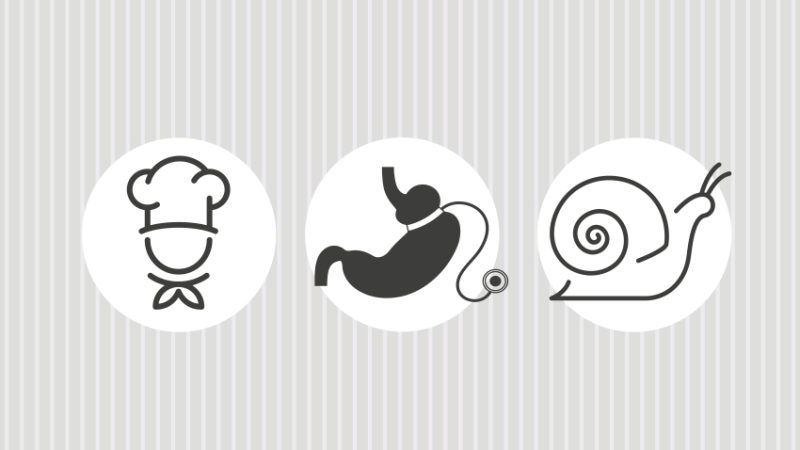Self-efficacy – How to help your students become more independent

Adam Riches outlines some ways in which students can be encouraged to put what they’ve learned into action for themselves…

- by Adam Riches

Encouraging students to be independent is a complicated task.
We’ll often seek to build their confidence through modelling and scaffolding, but for some reason, when it comes to them applying the concepts themselves, they encounter challenges.
Building self-efficacy is one of the most effective ways there is of helping learners overcome misconceptions and succeed in exams.
1. Frameworks
Chunking complex tasks into their constituent parts, and then repeatedly running through these parts means that students will become habitual in their approach. This might seem almost militaristic, but giving students the opportunity to repeatedly work within a framework of parameters will build their confidence as their thought processes become second nature.
Combine this with metacognitive strategies, and you’ll soon find that your learners are able to face complex problems without support.
2. Independent practice
A key part of the process is affording students an opportunity to apply what they’ve learnt. Traditionally, this would come at the end of a lesson – but in actual fact, it’s important that learners have frequent opportunities to try out what has been learnt.
This not only helps with identifying misconceptions, but also provides them with a chance to synthesise what’s been learnt. This doesn’t need to be in the form of extended writing – a simple summary sentence or a quick-fire task should suffice.
3. Instant feedback
Getting feedback while you’re doing something will allow you to modify your processes before misconceptions get embedded. After all, you wouldn’t watch somebody bake a cake without eggs, and then only tell them at the end that they should have put eggs in.
Giving students feedback while they’re working will help to build their aptitude for self-critique as they go. Narrating your process and thinking further amplifies the impact of this live feedback – the ultimate aim being to get learners thinking about their work so that they’re capable of critiquing themselves.
Adam Riches is a senior leader for teaching and learning; follow him at @teachmrriches











